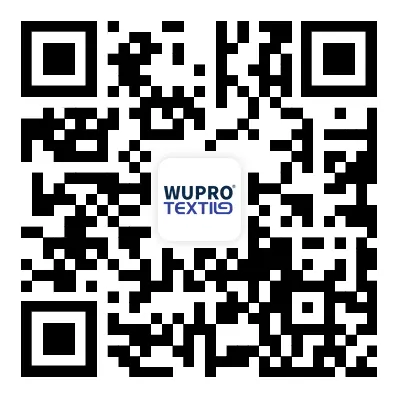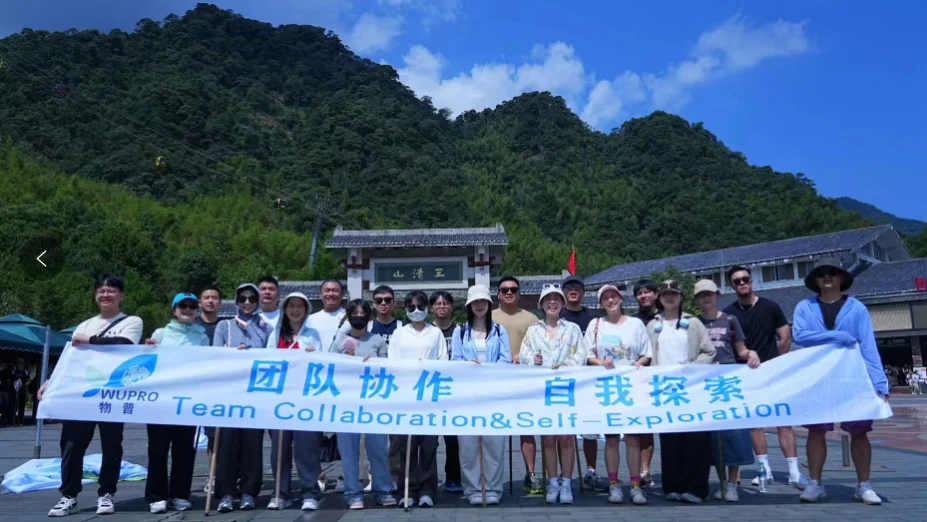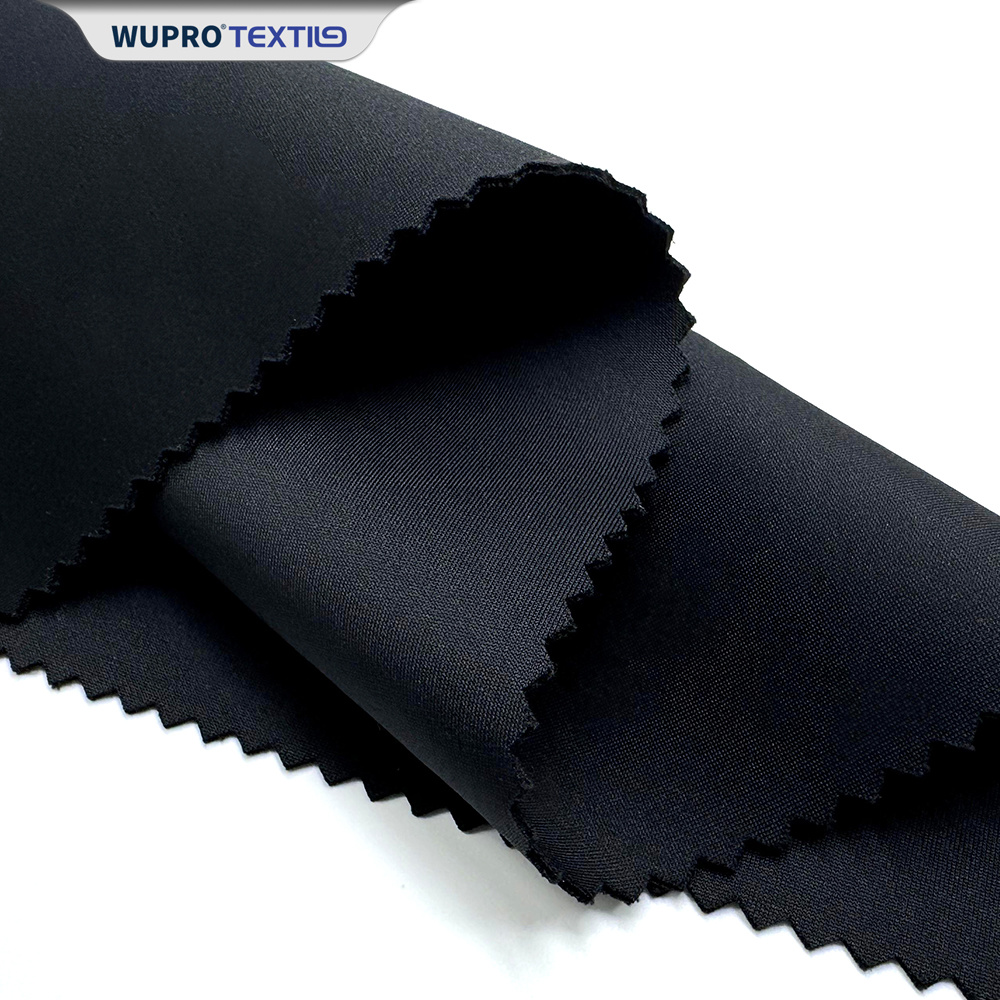The Best Moisture-Wicking Fabrics for Summer Adventures: Stay Cool and Comfortable
May 31,2025

The Best Moisture-Wicking Fabrics for Summer Adventures
As the temperature rises and the sun shines brighter, outdoor enthusiasts gear up for summer adventures. Whether you're hiking, biking, or just lounging at the beach, one crucial element can make or break your experience: the right fabric. Moisture-wicking fabrics are essential for keeping you cool and dry, allowing you to fully enjoy your favorite activities. In this comprehensive guide, we will delve into the best moisture-wicking fabrics, their benefits, and tips for choosing the perfect attire for your summer escapades.
Table of Contents
- Understanding Moisture-Wicking Fabrics
- How Moisture-Wicking Works
- Benefits of Moisture-Wicking Fabrics for Summer Activities
- Top Moisture-Wicking Fabrics for Summer Adventures
- How to Choose the Right Moisture-Wicking Fabric
- Care and Maintenance of Moisture-Wicking Fabrics
- Frequently Asked Questions
- Conclusion
Understanding Moisture-Wicking Fabrics
Moisture-wicking fabrics are specially designed to pull moisture away from the skin, allowing it to evaporate quickly. This unique property helps regulate body temperature and enhances comfort during physical activities. These fabrics are commonly used in activewear, outdoor clothing, and sports gear. Understanding the technology behind moisture-wicking fabrics is essential to make informed choices for your summer adventures.
How Moisture-Wicking Works
The science behind moisture-wicking fabrics lies in their fiber construction. Typically made from synthetic fibers or natural blends, these fabrics have hydrophobic (water-repelling) properties on the surface, which push moisture away from the skin. The moisture is then pulled through the fabric and allowed to evaporate into the air. This process keeps you dry, minimizes chafing, and ensures maximum comfort during sweaty summer activities.
Benefits of Moisture-Wicking Fabrics for Summer Activities
Choosing moisture-wicking fabrics for summer adventures provides numerous benefits:
- Enhanced Comfort: These fabrics help regulate body temperature, keeping you cool even in the hottest weather.
- Reduced Chafing: By moving moisture away from your skin, moisture-wicking fabrics significantly reduce the risk of chafing and irritation.
- Quick Drying: Unlike traditional cotton, moisture-wicking fabrics dry rapidly, allowing you to stay comfortable without being weighed down by sweat-soaked clothing.
- Odor Control: Many moisture-wicking fabrics incorporate antimicrobial properties that reduce the growth of odor-causing bacteria, keeping you fresher for longer.
- Lightweight and Breathable: Most moisture-wicking fabrics are light and breathable, making them perfect for outdoor activities where ventilation is key.
Top Moisture-Wicking Fabrics for Summer Adventures
When it comes to choosing the right fabric for your summer activities, several options stand out. Below, we explore some of the top moisture-wicking fabrics that cater to different needs and preferences:
1. Polyester
Polyester is one of the most common moisture-wicking fabrics used in activewear. Its synthetic fibers are lightweight and incredibly durable, making it an ideal choice for outdoor activities. Polyester efficiently pulls moisture away from the skin and dries quickly, ensuring you stay comfortable during intense workouts or long hikes. Additionally, it is often treated with anti-odor technology, making it a favorite for those who want to avoid unpleasant smells after a long day of adventure.
2. Nylon
Nylon is another popular synthetic fabric known for its strength and abrasion resistance. This material is soft, stretchy, and breathable, making it an excellent option for activewear. Like polyester, nylon has moisture-wicking properties that keep you dry and comfortable. It is also quick-drying and lightweight, which is crucial for summer activities like biking or running.
3. Merino Wool
For those who prefer natural fabrics, merino wool is an outstanding choice. Unlike traditional wool, merino is fine and soft, providing excellent comfort against the skin. It has natural moisture-wicking properties and effectively regulates body temperature, making it suitable for both hot and cool conditions. Additionally, merino wool is odor-resistant, making it perfect for multi-day adventures when laundry facilities are limited.
4. Bamboo Fabric
Bamboo fabric is an eco-friendly option that offers exceptional moisture-wicking properties. This natural fabric is soft, lightweight, and breathable, making it ideal for hot summer days. Bamboo has inherent antibacterial qualities, preventing odors and ensuring you stay fresh throughout your activities. It's also biodegradable, making it an attractive option for environmentally conscious consumers.
5. Polypropylene
Polypropylene is a lesser-known but highly effective moisture-wicking fabric. It is hydrophobic, meaning it repels water and keeps moisture away from the skin. Polypropylene is often used in base layers for winter sports but is also suitable for summer activities due to its lightweight and quick-drying properties. It remains dry even when wet, making it an excellent choice for high-intensity adventures where sweat is prevalent.
How to Choose the Right Moisture-Wicking Fabric
Selecting the right moisture-wicking fabric for your summer adventures involves considering various factors:
- Activity Type: Different activities may require different fabrics. For instance, if you're engaging in high-intensity workouts, lightweight and quick-drying fabrics like polyester or nylon may be preferable. However, for camping or hiking, breathable options like merino wool or bamboo may be more suitable.
- Comfort: The fabric's feel against your skin is crucial. Opt for materials that are soft and avoid anything that may cause irritation or chafing.
- Weather Conditions: Consider the climate you'll be facing. If you expect high humidity and heat, breathable fabrics like bamboo or polyester will help keep you cool. In cooler conditions, merino wool provides insulation while still wicking moisture.
- Durability: Ensure the fabric can withstand wear and tear during your adventures. Synthetic fabrics like nylon and polyester tend to be more durable than natural options.
- Eco-Friendliness: If sustainability is essential to you, consider fabrics made from bamboo or recycled materials.
Care and Maintenance of Moisture-Wicking Fabrics
Proper care and maintenance are vital to prolong the lifespan of your moisture-wicking fabrics:
- Follow the Care Label: Always check the care label on your garments for specific washing instructions. Most moisture-wicking fabrics can be machine washed, but some may require special care.
- Avoid Fabric Softeners: Fabric softeners can clog the fibers and reduce moisture-wicking properties. Instead, use a mild detergent and wash in cold water.
- Air Dry When Possible: While many moisture-wicking fabrics can be tumble dried on low heat, air drying is gentler and helps maintain the fabric's properties.
- Store Properly: Ensure that your moisture-wicking gear is clean and completely dry before storing it in a cool, dry place to prevent mildew.
Frequently Asked Questions
1. What is the difference between moisture-wicking and regular fabrics?
Moisture-wicking fabrics are designed to pull moisture away from the skin and promote evaporation, while regular fabrics do not have this capability, often absorbing sweat and leaving you feeling damp.
2. Can moisture-wicking fabrics prevent body odor?
Many moisture-wicking fabrics have antimicrobial properties that inhibit the growth of odor-causing bacteria, helping to keep you smelling fresh during your activities.
3. Are moisture-wicking fabrics suitable for all body types?
Yes, moisture-wicking fabrics are designed to be lightweight and breathable, making them suitable for all body types. Look for a fit that is comfortable for you.
4. How do I wash moisture-wicking fabrics?
Always follow the care label instructions. Typically, they can be machine washed in cold water with a mild detergent and should be air-dried or tumble dried on low heat.
5. Can I use moisture-wicking fabrics for winter sports?
Yes, moisture-wicking fabrics can be used for winter sports but ensure you layer them properly to maintain warmth while effectively managing moisture.
Conclusion
Choosing the right moisture-wicking fabrics is essential for enjoying your summer adventures to the fullest. With options like polyester, nylon, merino wool, bamboo, and polypropylene, there’s a fabric to suit every need and preference. Understanding how these fabrics work, their benefits, and how to care for them will help you stay comfortable and dry during your outdoor activities. Whether you're hiking through the mountains or lounging at the beach, investing in quality moisture-wicking gear will enhance your experience and keep you cool all summer long.
PREVIOUS:
Contact Us
E-mail:
Address:
1302, Zhongjun Fortune Center, Fengli Street, Shishi, Fujian, China.









